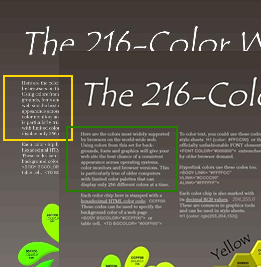Some time ago I wrote about a bug in AMD’s H.264 Video Encoder MFT, where implementation fails to synchronize access to Direct3D 11 texture. So Intel’s implementation has exactly the same problem. Intel® Quick Sync Video H.264 Encoder MFT processes input textures/frames without acquiring synchroization and can lose actual content.
It is pretty hard to reproduce this problem because it is hardware dependent and in most cases the data arrives into the texture before encoder starts processing it, so the problem remains hidden. But in certain systems the bug comes up so easily and produces a stuttering effect. Since input textures are pooled, when new data is late to arrive into texture, H.264 encoder encodes an old video frame and H.264 output is technially valid: it just produces a stuttering effect on playback because wrong content was encoded.
For a Media Foundation API consumer it is not really easy to work the problem around because Media Foundation does not provide access to data streamed between the promitives internally. A high level application might be even not aware that primitives are exchanging with synchronization enabled textures so it is unclear where the source of the problem is.Â
Possible solutions to the problem (applicable or not depending on specific case):
- to not use synchronization-enabled textures; do a copy from properly sycnhronized texture into a new plain texture before feeding it into encoder; this might require an additional/special MFT inserted into the pipeline before the encoder
- implement a customized Media Session (Sink Writer) alike subsystem with control over streamed data so that, in particular, one could sycnhronize (or duplicate) the data before it is fed to encoder’s
IMFTransform::ProcessInput - avoid using vendor supplied video encoder MFTs as buggy…


